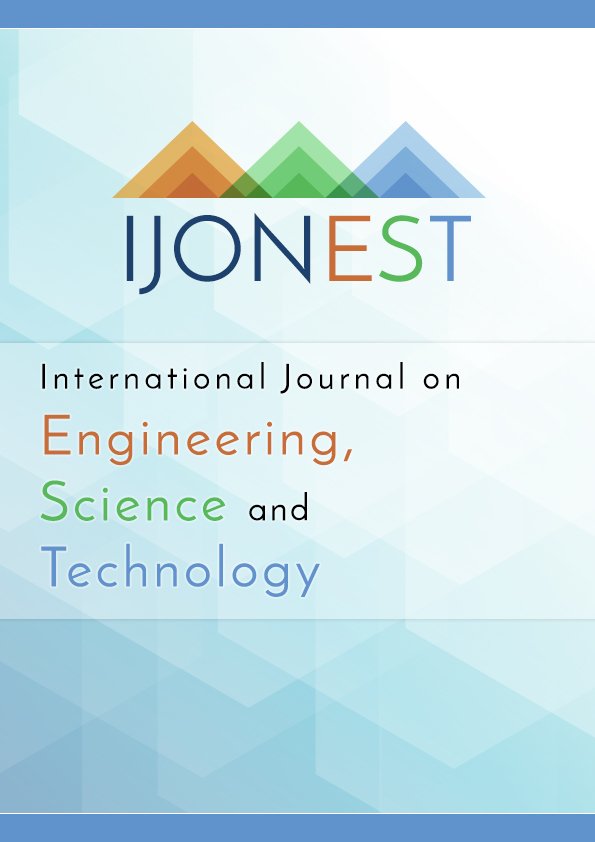Place-Making, Identity, and Service Learning Among First-Year College Students
DOI:
https://doi.org/10.46328/ijonest.168Keywords:
Place-conscious education, Place-making, Honors seminar, Service learning, First-year experienceAbstract
Place-making is the set of social, political and material processes by which people create and recreate experienced geographies. In the case of immigrant experience, the physical space provides an environment in which memories, traditions, and evolution of identity can occur. In this case study, I examine the results of a service-learning project with first-year Honors students in a public, regional university. In the course design, community-engaged activities, and assignments, I shaped the experiences of the students as if they were translocals and the college campus were the receiving community. Although not explicitly detailed to the students, their project was framed as an immigrant community that had the opportunity to transform space for the betterment of both groups. The assignment -- to improve access and quality of the campus food pantry -- created new socio-spatial relationships and enabled the student to remain connected to places left behind while forging new place ties. As they explored the data about food insecurity among college students, institutional structure, and interacted with diverse groups on campus, they formed new social and cultural connections, resulting in a hybrid identity and a sense of agency in their new community.Downloads
Published
Issue
Section
License
Articles may be used for research, teaching, and private study purposes. Authors alone are responsible for the contents of their articles. The journal owns the copyright of the articles. The publisher shall not be liable for any loss, actions, claims, proceedings, demand, or costs or damages whatsoever or howsoever caused arising directly or indirectly in connection with or arising out of the use of the research material.
The author(s) of a manuscript agree that if the manuscript is accepted for publication in the International Journal on Engineering, Science and Technology (IJonEST), the published article will be copyrighted using a Creative Commons “Attribution 4.0 International” license. This license allows others to freely copy, distribute, and display the copyrighted work, and derivative works based upon it, under certain specified conditions.
Authors are responsible for obtaining written permission to include any images or artwork for which they do not hold copyright in their articles, or to adapt any such images or artwork for inclusion in their articles. The copyright holder must be made explicitly aware that the image(s) or artwork will be made freely available online as part of the article under a Creative Commons “Attribution 4.0 International” license.

This work is licensed under a Creative Commons Attribution-NonCommercial-ShareAlike 4.0 International License.





